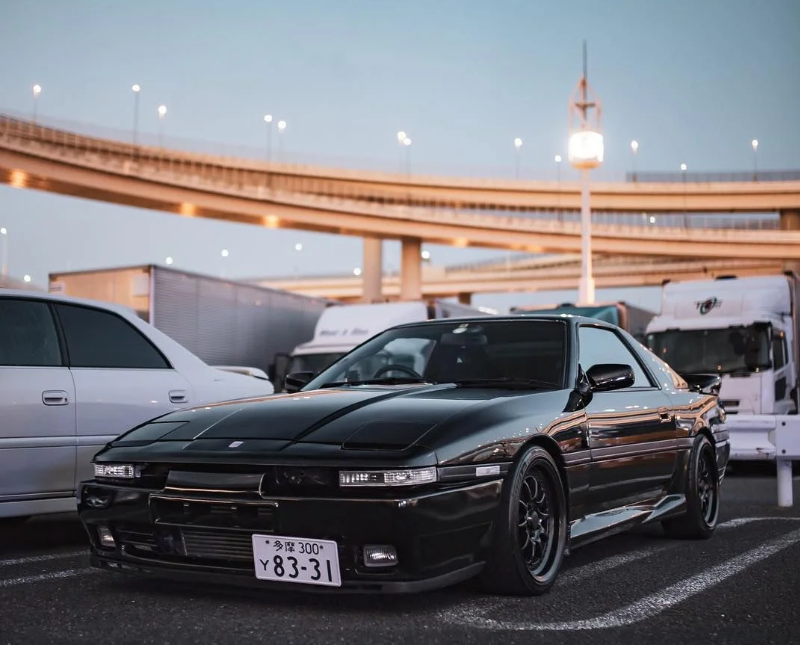
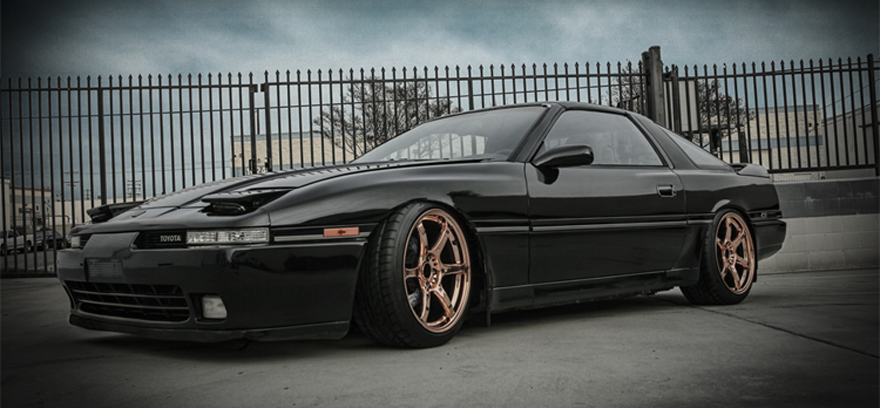
Although the 1986 Toyota Supra was the third generation of Toyota's big six-cylinder sport coupe, it was also the first: the first Supra to be sold under that name in the Japanese market (previous editions had been marketed as "Celica XX") and the first with no ties to the four-cylinder Toyota Celica. The third-generation Supra and second-generation Soarer, which both debuted in early 1986, had an all-new chassis, trading MacPherson struts and semi-trailing arms for a sophisticated new suspension: upper wishbones and lower L-arms in front; upper A-arms, trailing arms, and lower lateral links in back. Coil springs were again standard and Toyota Electronically Modulated Suspension (TEMS) -- three-position adjustable shock absorbers -- were optional, supplemented on some models by ABS and later an electronic skid control system. Power steering and four-wheel vented disc brakes were standard.
The third-generation Supra was a sleek if somewhat anonymous-looking 2+2 with a lift-up glass hatch and tiny rear seats. Although the new Supra was slightly shorter than before, it was also at least 375 lb (170 kg) heavier, thanks in part to extensive standard equipment and the structural reinforcement required for the removable roof panel that became optional in mid-1986. (In Japan, lift-roof Supras were known as Aerocoupes, while export models were called Sport Roofs.) If we consider only export models, the third-generation Supra's mechanical specifications are straightforward. All export Supras used Toyota's 2,954 cc (180 cu. in.) 24-valve DOHC straight-six, which had 200 hp in normally aspirated 7M-GEU form and 230 hp (later 232 hp) in turbocharged 7M-GTEU form, with a choice of five-speed manual or four-speed automatic transmission. ABS, TEMS, and the lift-off Sport Roof were optional, although export cars didn't get the Japanese models' optional skid control system or digital instrument panel.
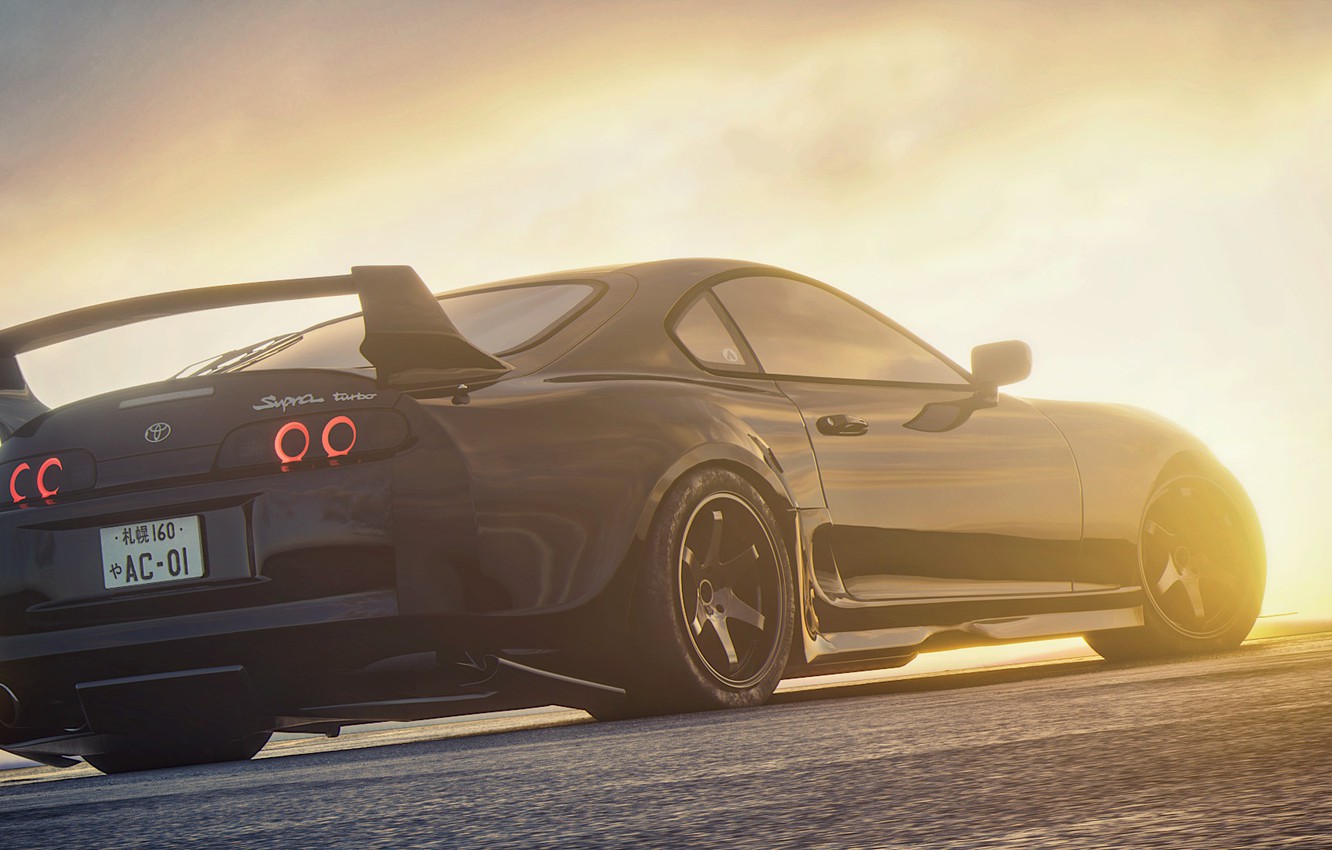
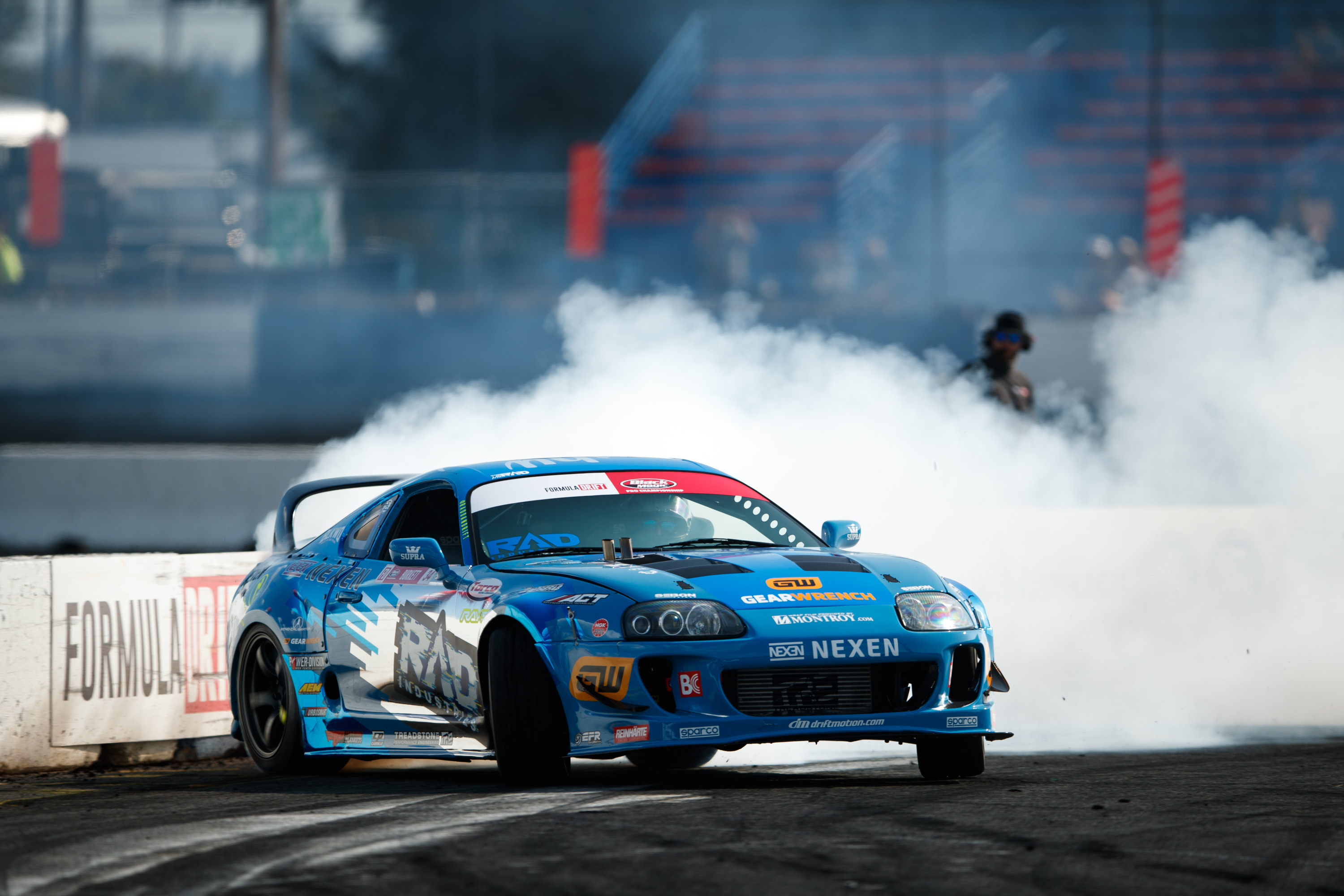
The Legendary Mk4 Supra Rose To Fame With Its Immortal 2JZ Motor. The legendary 2JZ motor is what made the Mk4 Supra immortal. This engine was so over-engineered that it was capable of churning out over 1000 horses without fiddling with the internals at all! Compared to other performance cars, it is relatively easy to get huge amounts of power out of the Supra, and in a "reliable" (used in the comparative sense here) fashion. Therefore, tuner demand is another reason why Supras are so popular. This car broke the gentlemen's agreement. For many years the Japanese industry agreed among itself to limit output to 280bhp. In the home market the Supra went along with this, from its 3.0-litre twin-turbo 24-valve straight-six -- a configuration the new car adopts too. This Toyota Supra engine is rated at 321 horsepower and 315 lb-ft of torque, but we sill dissect that a little later. This allowed the MK4 Supra top speed to be 177 mph, but it was limited to 155 mph outside of Japan. The efficiency of sequential turbochargers allows the Mark 4 Supra to run 0-60 mph in 4.7 seconds.



SMOKEY NAGATO's Famous V12 Supra
After the Emirati Prince bought the Supra back in '98, Smokey went back and tuned up another Supra by slapping on a 5.0L V-12 he got off a Toyota Century, installed two HKS GT2540 Turbos, and ran cooling through the trunk using his very own Top Secret bodykit. He designed this car to try and break 400kph, or 249mph.The Japanese street racing scene has spawned several insane vehicles over the years. One that has left the automotive world in awe in the recent past is the legendary V12-Powered Top Secret Toyota Supra. The car is powered by a twin-turbo V12 sourced from a Toyota Century and has a top speed of 222 mph. Basically, it's about as ridiculous as a Supra can get. Top Secret founder Kazuhiko "Smokey" Nagata drove the car to 222 mph at Italy's Nardo test track after it was converted to V12 power in 2008, but that wasn't his most well-known performance behind the wheel. Smokey took the Supra to the UK in 1999 and claimed a top speed of 197 mph on the A1...in the rain, something that was noted to be highly impressive but highly illegal. He was apprehended and thrown in jail after being pulled over. Smokey Nagata's imprisonment was at Her Majesty's Pleasure, which translates to "we're going to keep you in jail indefinitely."
Smokey Nagato Test Run!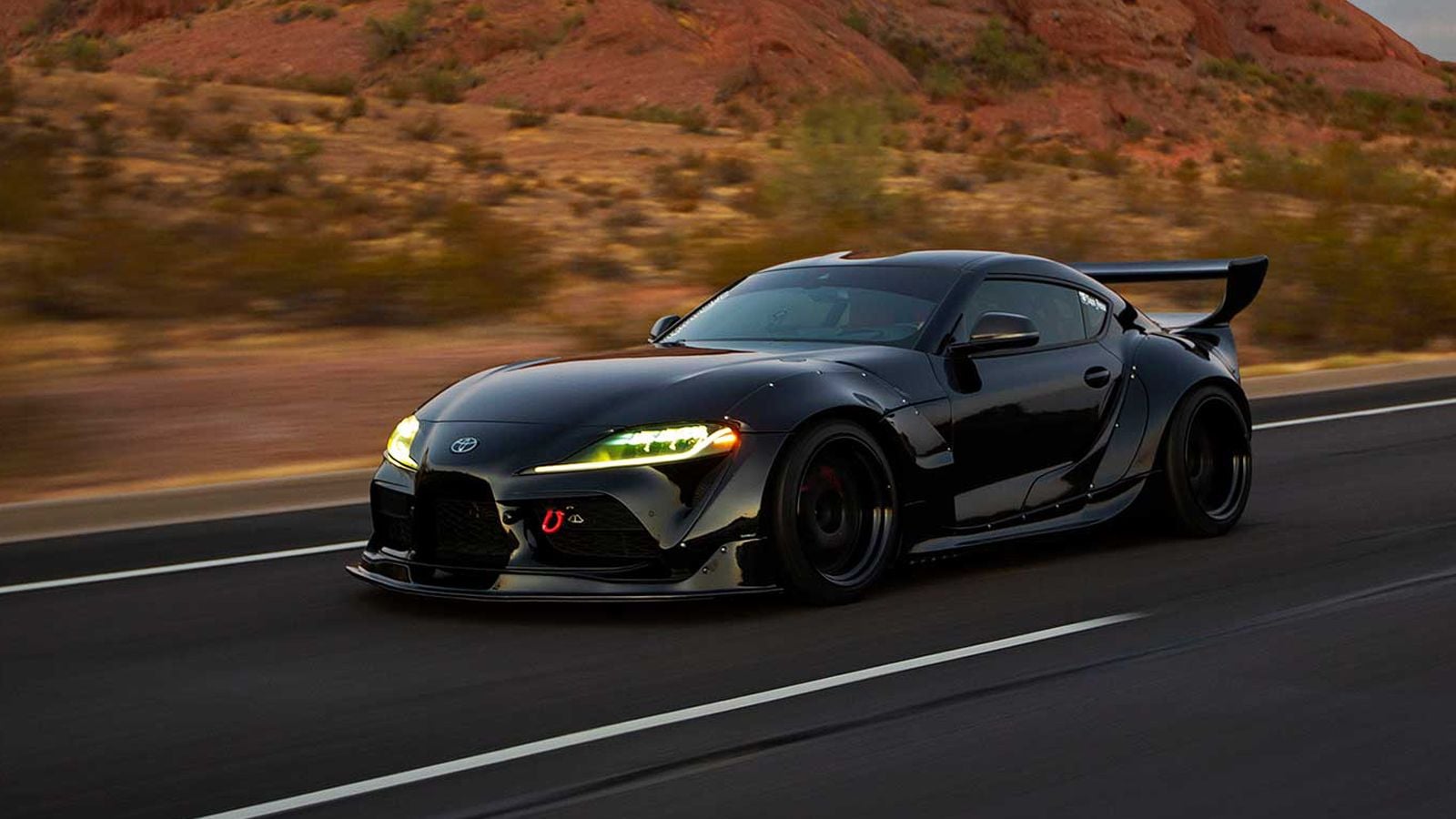
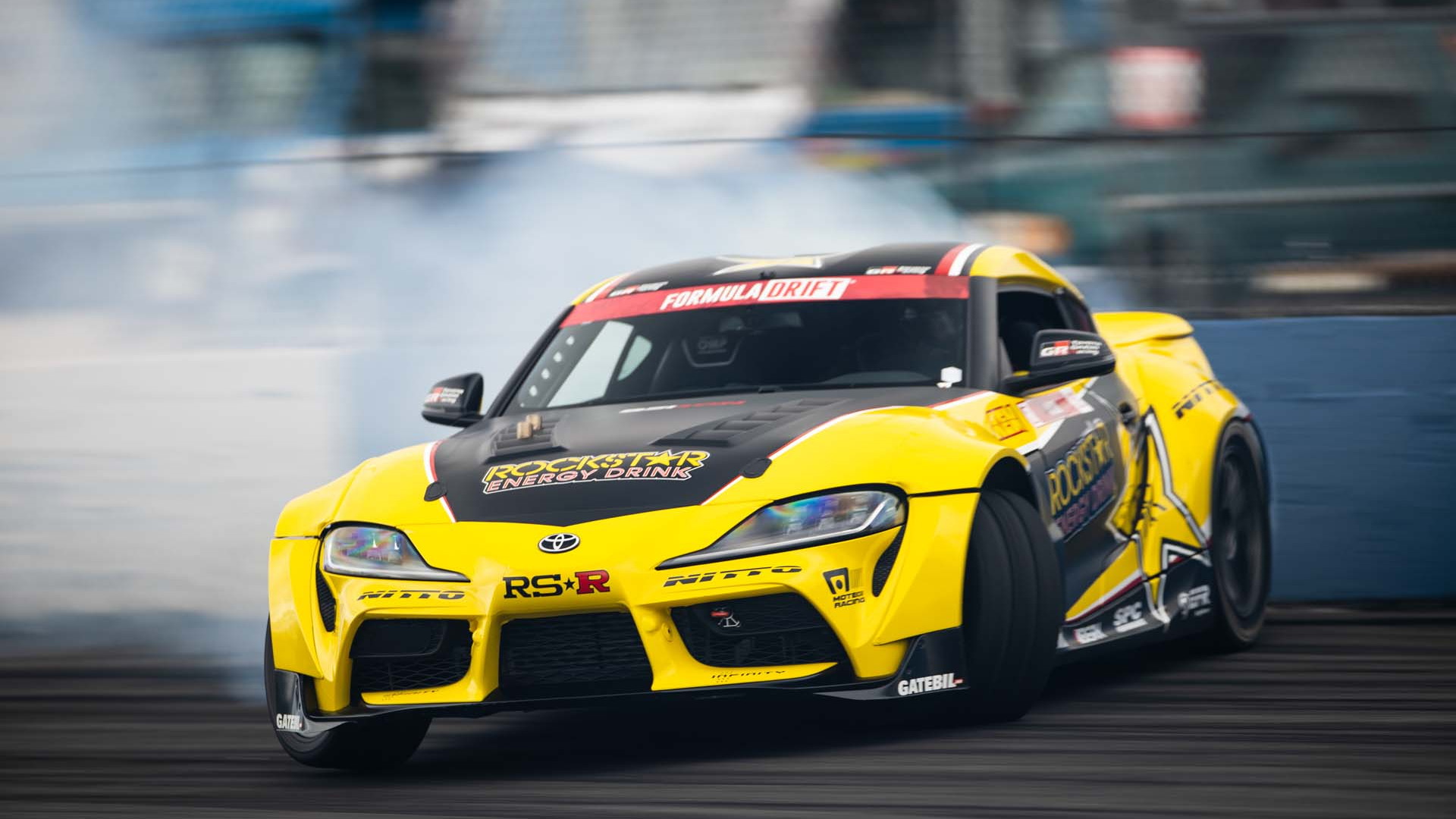
Toyota's halo sports car, the 2023 Supra, delivers enough excitement, style, and drama to make up for the brand's more sedate sedans, hatchbacks, and SUVs. Developed and built alongside the BMW Z4 convertible, the Supra offers similar build quality and simpler-but still handsome-interior materials inside. The entry-level 255 hp turbocharged four-cylinder provides ample power, but we can't help but adore the ferocious, optional 382 hp turbocharged 3.0-liter BMW inline-six that makes this two-seater fly. Rear-wheel drive is the only setup, and the Supra's sure-footed chassis and sharp steering enable it to come alive on twisty roads and race courses. Sure, it may borrow a little too heavily from the BMW parts bin for some Toyota fanboys, and its sweptback exterior design creates some awfully large blind spots but even so, the Supra remains one of our favorite sports cars. It's a driver's car and an enthusiast's delight.
transmission and rear-wheel drive; this year, a six-speed manual is finally an option, but only with the optional turbocharged 3.0-liter inline-six. At the test track, our long-term 2020 Supra 3.0 (with the eight-speed automatic) laid down some seriously impressive acceleration numbers: hitting 60 mph in 3.7 seconds and 100 mph in 9.5 ticks. That puts it in the big leagues against the Chevy Camaro SS, the Porsche Cayman GTS, and the BMW M2 Competition. In fact, it's even quicker than the vaunted fourth-generation Supra that was powered by a sequentially-turbocharged inline-six with 320 horsepower. Despite its performance potential, the Supra's suspension is forgiving enough to drive daily. Its steering is accurate, nicely weighted, and direct, which enhances its fun-to-drive personality. The lower-priced four-cylinder model delivered a brisk 4.7-second 60-mph run at our test track. That's quicker than the Supra's German cousin-the BMW Z4-which managed a 5.0-second 60-mph time. The one negative we found with the performance of our long-term Supra was the ease with which it got stuck in snow.

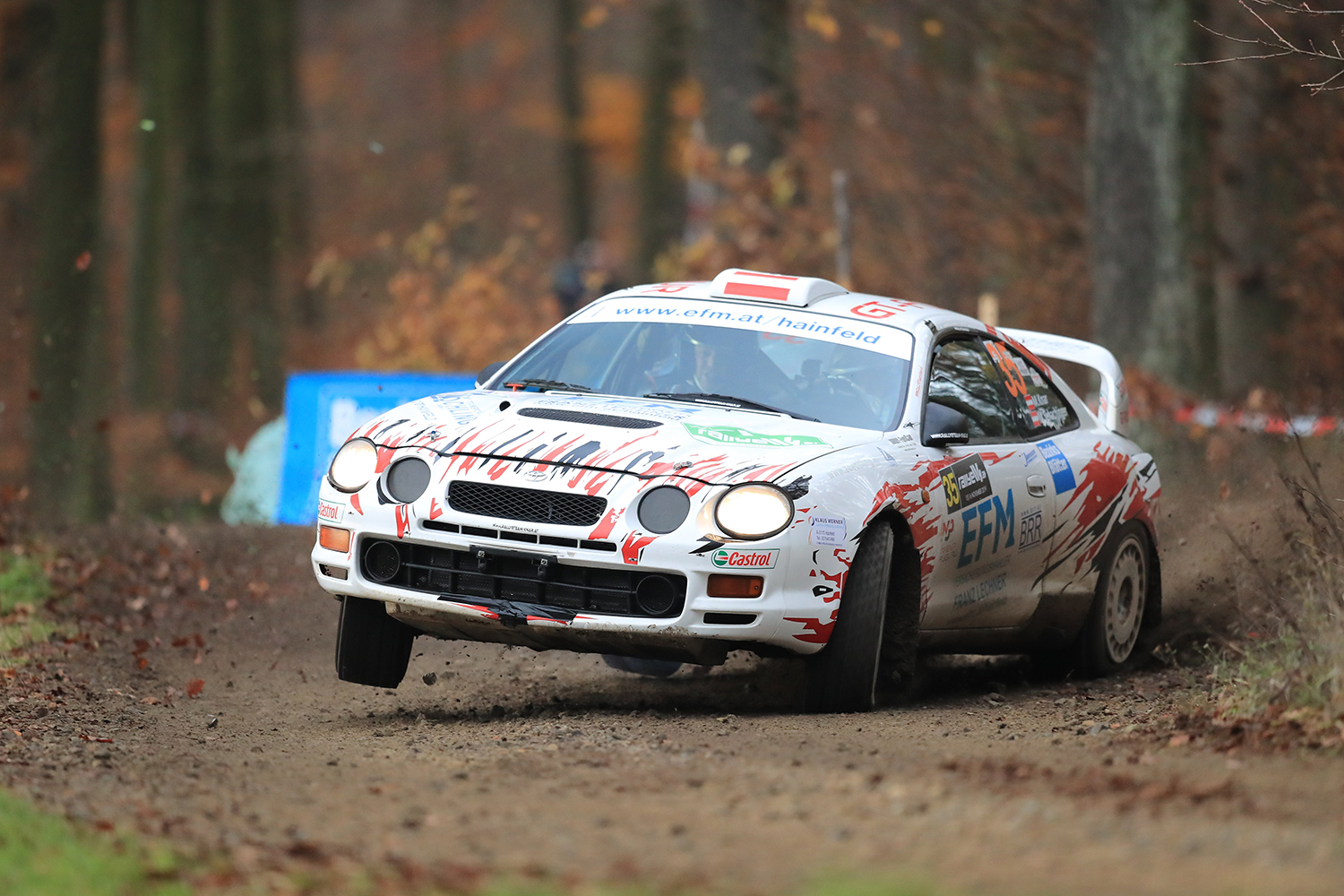
The 4th-generation Celica, Toyota pulled out all the stops. The first Toyota Celica GT4 (also called the 'Celica GT-Four' and 'Celica All-Trac') debuted in 1985. It had a 2.0-liter turbocharged four-cylinder that developed 190 hp, with a full-time AWD system and center-locking differential. With a 2.0 L turbocharged 3S-GTE producing 200 hp (203 PS; 149 kW) and 200 lbâ‹…ft (271 Nâ‹…m) of torque, it was the most powerful Celica ever sold in the US. But it wouldn't be until the later 5th-generation Celica that Toyota would finally strike rallying gold. From the factory, the Toyota Celica GT4 ST205 came with water injection, which used water jets to cool incoming air for more boost. Like the Carlos Sainz editions, these cars also came with a water-to-air intercooler. In addition, Hagerty and Car and Driver report that the ST205 GT4's front suspension previewed the Ford Focus RS' by roughly two decades. The cars also received significant bracing, under the hood, behind the dashboard, and in the doors.
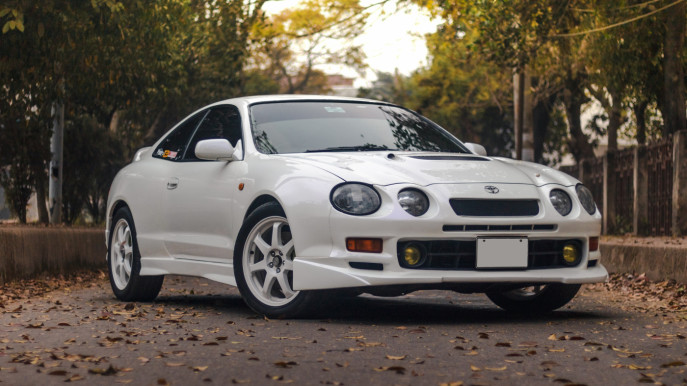

The ST205 was the last GT4 Celica, but production stretched from 1994-1999. At the moment, only the earliest ones are trickling into the US. But for a car with this much motorsports history, the Toyota Celica GT4 remains fairly affordable. As of this writing, Japanese Classics has an ST205 available for just under $17k, albeit with roughly 139,000 miles. However, Duncan Imports has two Celica GT4s with under 100,000 miles available at the time of writing for under $20,000.


Above all, the AE86 is an excellent car in which to learn about the nature of rear-wheel drive, with the classic RWD balance and an elegant, mechanical simplicity that has made it so attractive to drifters. The RWD AE86 by today's standards was not so fast yet, it was fast enough, and with the pure skills for drifting this was the perfect car for you. It wasn't just the Japanese art of drifting that found an appreciation for Toyota's RWD Corolla. The AE86's nimble handling, responsive steering, and peppy engine made it perfect for Japan's mountainous landscape and narrow, winding roads. It's no coincidence that its sporty maneuvering made it a star in one of Japan's popular mountain pass racing scene. Power was rated at 112 hp (114 PS; 84 kW) and 100 lbâ‹…ft (136 Nâ‹…m) of torque. The AE86 used ventilated disc brakes.